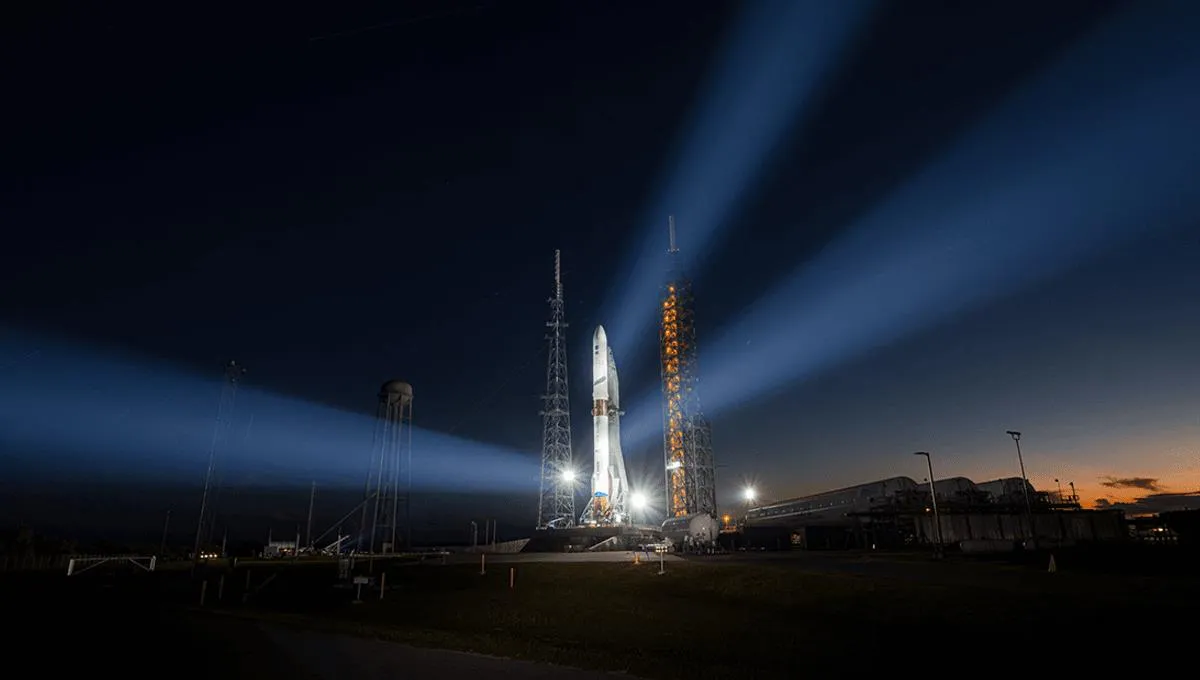
Since the signing of the Commercial Space Launch Act of 1984 by President Ronald Reagan, NASA has shifted its strategy from solely launching its own spacecraft to collaborating with private space companies. This partnership has revolutionized space exploration, allowing agencies like NASA to leverage the innovative capabilities of the commercial sector. Leading the charge in this new era is SpaceX, spearheaded by Elon Musk, which has played a pivotal role in numerous private space missions.
Another significant player in the private space industry is Blue Origin, which is set to launch NASA's VIPER (Volatiles Investigating Polar Exploration Rover) to the lunar south pole in late 2027. This mission aims to explore vital resources on the Moon, further contributing to humanity's understanding of lunar geology and potential future habitation.
On Sunday, November 9, Blue Origin was scheduled to launch its massive New Glenn rocket, carrying a payload of twin NASA spacecraft aimed at studying Mars from orbit. The Escape and Plasma Acceleration and Dynamics Explorers (ESCAPADE) project consists of two probes that will simultaneously investigate Mars from distinct locations above its surface. This groundbreaking mission will analyze how Mars’ magnetic field influences particle flows around the planet, as well as how energy and momentum are transferred from the solar wind through its magnetosphere. NASA emphasizes that these observations will provide invaluable insights into the planet’s real-time response to space weather and the ongoing changes within the Martian magnetosphere.
Unfortunately, the launch was postponed due to inclement Earth weather, specifically the cumulus cloud rule. Blue Origin announced on X that the NG-2 launch was scrubbed due to weather conditions. The company is currently evaluating opportunities for the next launch attempt, contingent on forecasted weather.
It might seem surprising that a little cloud cover could halt a rocket launch, but both NASA and Blue Origin adhere to strict launch protocols. NASA's guidelines specify that launches should not occur through cumulus clouds with tops exceeding 41 degrees Fahrenheit. Launches may proceed through clouds with tops as low as 23 degrees Fahrenheit, provided certain conditions are met, such as the absence of precipitation and specific voltage readings from field mills nearby.
The primary concern with launching through these clouds is the potential for lightning strikes. While not every strike results in damage, the risk is heightened when dealing with the considerable fuel required for a rocket launch. As a precautionary measure, it's crucial to avoid conditions that could lead to a catastrophic failure.
Blue Origin has indicated that the next launch attempt for the Mars probes is now scheduled for no earlier than Wednesday, November 12, due to ongoing weather and sea state conditions. They have collaborated with the FAA to establish a launch window from 2:50 PM to 4:17 PM EST / 19:50 to 21:17 UTC. A live webcast will commence at T-20 minutes prior to the launch.
The New Glenn rocket is a partially reusable rocket, and this upcoming launch will mark only its second flight, following its inaugural launch in January of this year. Blue Origin aims to achieve a vertical landing for its booster, a feat that SpaceX has successfully accomplished numerous times.
New Glenn will launch from Launch Complex 36, and after the first stage separates, it will autonomously descend toward a landing platform named Jacklyn, located several hundred miles downrange in the Atlantic Ocean. Meanwhile, the two BE-3U engines will ignite, propelling New Glenn’s second stage into space. Once the fairing separates, the twin ESCAPADE spacecraft will begin their journey to Mars. Following the mission profile, the second stage will be safed and inerted, ensuring compliance with NASA’s Orbital Debris Mitigation Standard Practices.